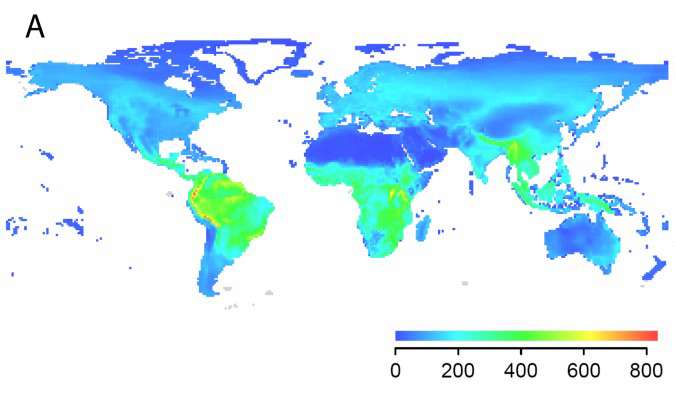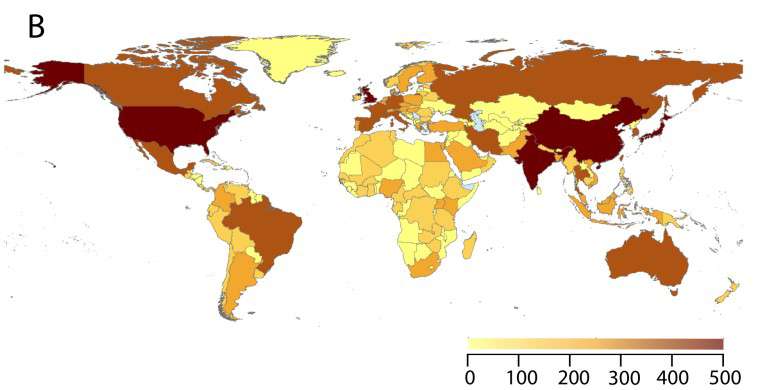Critical gaps in knowledge of where infectious diseases occur

The scientific journal Nature Ecology & Evolution has published a joint statement from scientists at the University of Copenhagen and North Carolina State University calling attention to a serious lack of data on the worldwide distribution of disease-causing organisms. Without this data, predicting where and when the next disease outbreak will emerge is inhibited. Macroecologists have the expertise to create the needed data network and close the knowledge gaps.
Scientists lack fundamental knowledge about the global distribution of a wide range of disease-causing species from viruses and bacteria to parasites. The lead author, Assistant Professor Anna-Sofie Stensgaard from Center for Macroecology, Evolution and Climate, explains, "Today, we know less about where disease-causing organisms occur than the global distribution of most mammals, birds and even ants. Without this basic knowledge, it is very hard to predict if, for instance, certain bacteria or parasites transmitted via mosquitoes or other bloodsucking insects are likely to spread or not, and what measures we must take in order to prevent this."
Scientists have registered more than 2100 organisms worldwide known to make people sick. Of these, 355 are defined as clinically important and collectively kill almost 10 million people each year, mainly in the tropics. This disproportion has great implications for global health and economy. Yet, scientists only have detailed knowledge about fewer than 17 of these diseases' distribution.

"For most disease-causing viruses, bacteria and parasites, we know only which countries they can be found in, not their prevalence, nor how they are changing over time. And even these terribly coarse data are often privately held. We are really still in the dark, ignorant about the species most likely to do civilization in," says co-lead author Professor Rob Dunn from North Carolina State University.
Networks similar to the one the scientists call for already exist for other organisms. The Global Biodiversity Information Facility (GBIF), for instance, is a platform to collect and make huge amounts of biodiversity data accessible. GBIF includes 700 million records of animals, fungi and plants shared by 977 institutions worldwide.
"It is possible to close the knowledge gaps by deploying the expertise to set up the required network of databases. But researchers need to recognize the threat we face until it is established. I am sure that when people realise this, that time, money and collaboration among experts from cross-cutting disciplines will not be hard to get. But until then, we cannot foresee how disease-spreading organisms move, interact and emerge due to climate changes, intensified agriculture or urbanization," says senior-author Professor Carsten Rahbek.
More information: The neglected geography of human pathogens and diseases. Nature Ecology & Evolution, DOI: 10.1038/s41559-017-0190
Journal information: Nature Ecology & Evolution
Provided by University of Copenhagen


















